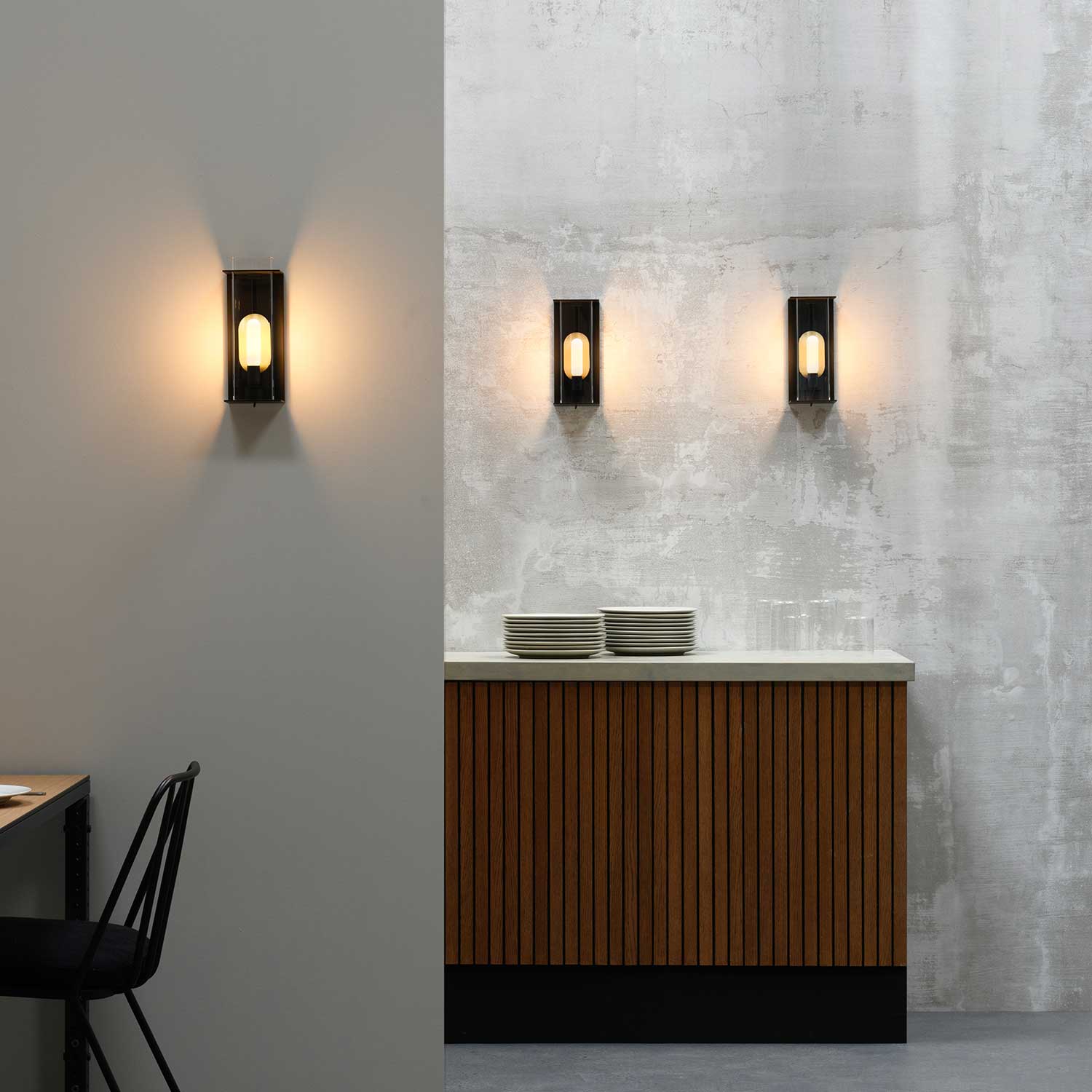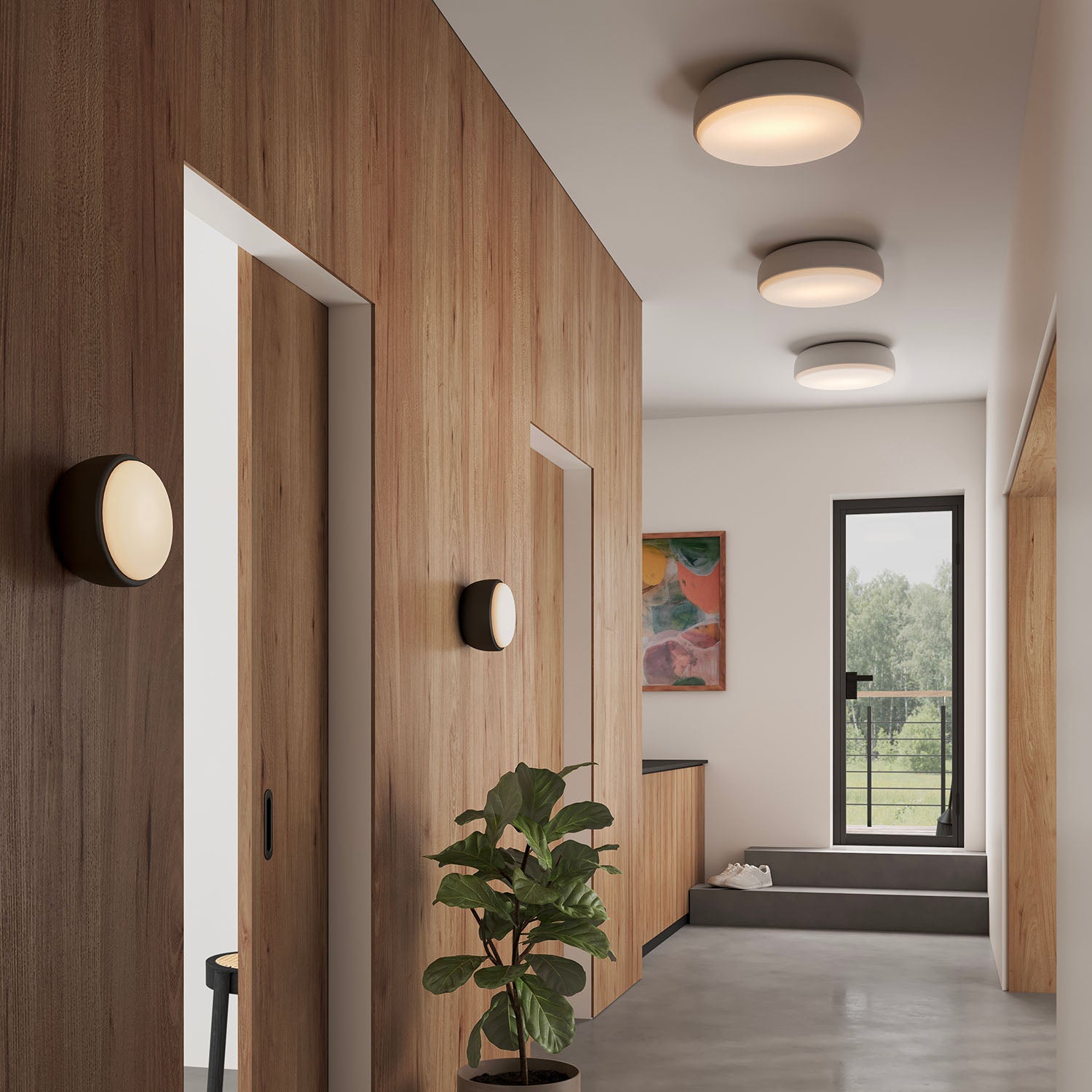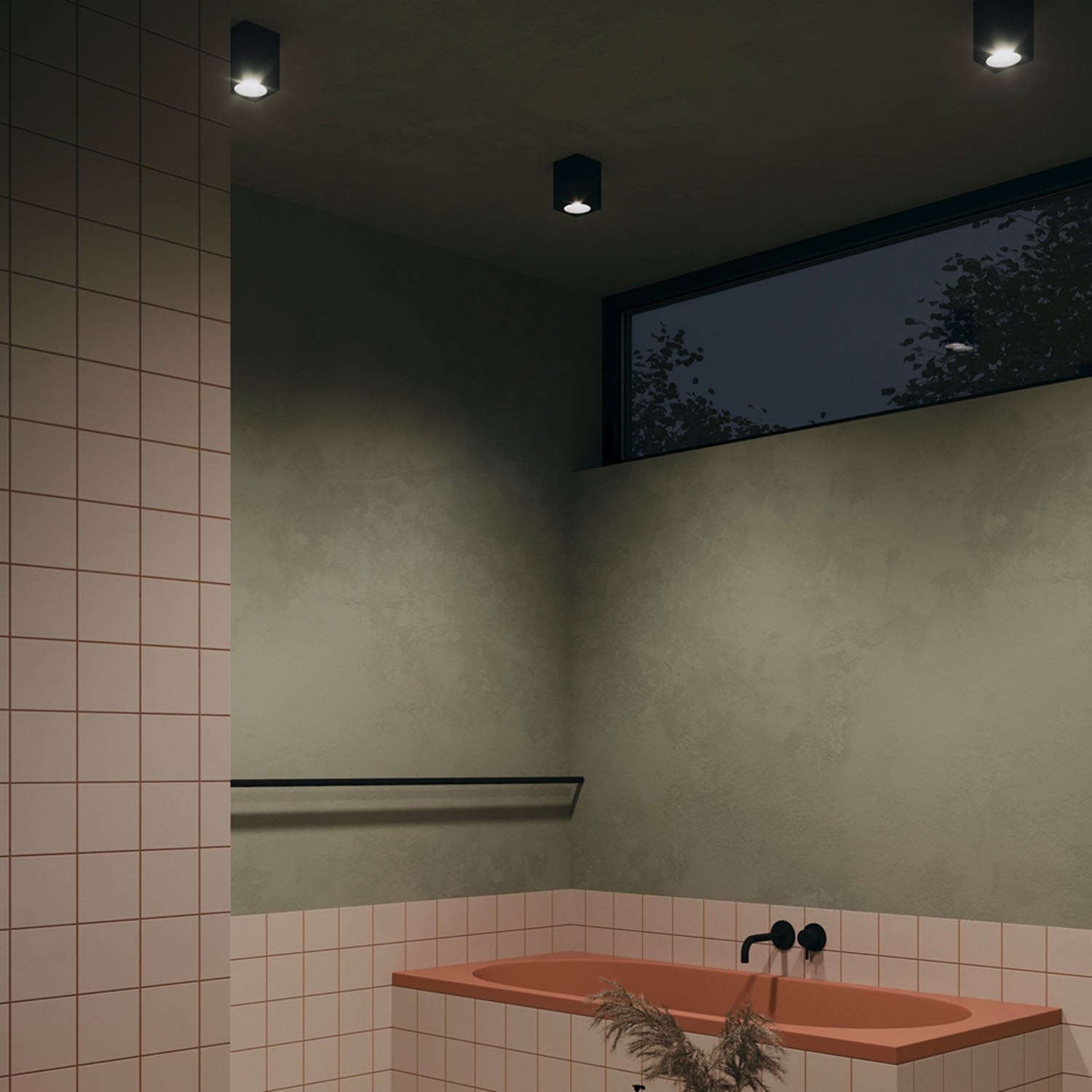Outdoor solar lamps: operation, installation, and practical advice
Autonomous, ecological, and aesthetic, outdoor solar lamps have become an essential solution to illuminate your gardens and terraces without consuming electricity. But how exactly do they work? How to recharge, maintain, and install them properly? In this guide, we answer all your questions and present a selection of models suited to your needs.

How does a solar lamp work?
The principle of the solar lamp is based on a simple mechanism: a photovoltaic panel captures sunlight during the day, then converts it into electricity stored in an integrated battery. At nightfall, this energy is released as light thanks to an LED source. Most models are equipped with twilight sensors that automatically trigger the lighting as soon as ambient brightness decreases. This is what makes the outdoor solar lamp completely autonomous and easy to use.
Installation and maintenance: our practical tips

Installing a solar outdoor lamp does not necessarily require wiring or professional intervention. Just choose a location well exposed to the sun (at least 6 to 8 hours per day) and fix or place it according to the model. Some products, like the Sunne, are designed to integrate perfectly into a lounge area or a green space.
For maintenance, remember to regularly dust off the solar panel to maximize charging, especially after winter or rainy periods. It is also recommended to check the battery after 1 to 2 years of use, as it may lose capacity over time.
Frequently asked questions about solar lamps
The solar lamps often raise questions at the time of purchase or installation. From charging to automatic lighting, including their behavior in winter, here are answers to the most frequently asked questions to fully enjoy your outdoor lighting.
How to recharge a solar lamp: on or off?
For optimal charging, it is recommended to set the switch to "off" during the first hours of sun exposure, especially during the first use or after long storage. This allows the battery to fully charge without immediately consuming energy.
How to recharge a solar lamp without sun?

In case of prolonged cloudy skies, some lamps can be recharged via a supplied USB cable. This is the case for the Shatter model, which offers this very practical dual option.
How to activate a garden solar lamp?
Most models have a discreet ON/OFF button under the lampshade or near the solar panel. Once activated, the garden solar lamp will automatically turn on at nightfall.
Should solar lamps be brought inside during winter?
It is recommended to bring them inside if you do not use them for several months, especially in case of frost. This extends the battery life and prevents thermal shocks. However, robust models like the Kasp Floor remain weather-resistant.
How long does it take to recharge a solar lamp?
In full sun, a full charge can take between 6 and 10 hours depending on the model. Autonomy then varies from 6 to 20 hours of lighting, depending on intensity and chosen setting.
Why is my solar lamp blinking?
A blinking light is often a sign of a low battery or a sensor problem. Check the charge status, clean the panel, and replace the battery if necessary.
How to choose your solar outdoor lamp well?

The choice of a solar outdoor lamp depends on several criteria: the intended use (marking a path, creating a lounge atmosphere, lighting a table…), luminous power, autonomy duration, design, and of course, the quality of materials. For a warm evening atmosphere, the Cairo Table model is perfect placed on a dining table.
If you are looking for a solar lamp that is both aesthetic and functional, choose a minimalist design with automatic lighting and adjustable intensity. The Solar Halo Design combines these advantages in a compact and elegant format. For those who want to illuminate a flowerbed or a green area, the Plet offers a discreet low profile and soft light suitable for marking.
For lovers of plant aesthetics, the solar garden lamp should blend into the environment while providing reassuring lighting. Also be sure to choose a minimum IP44 protection rating for good resistance to water splashes.
What to choose if you have no sun exposure?
Is your terrace too shaded? Do you live in a region with little sunshine? In that case, it is better to turn to rechargeable or mains-powered lamps. These models guarantee constant lighting, whatever the weather. Discover our selection of outdoor lamps to place, perfect for daily use without sun exposure constraints.
Conclusion
The solar outdoor lamp is a modern, autonomous, and environmentally friendly solution to enhance your outdoor spaces. Easy to install, wireless and without wiring, it allows you to create varied lighting atmospheres, from discreet marking to an elegant relaxation corner.
Browse our collection of solar lamps to find the ideal model, and transform your garden into a true living space, bright and welcoming from dusk.








Leave a comment
This site is protected by hCaptcha and the hCaptcha Privacy Policy and Terms of Service apply.